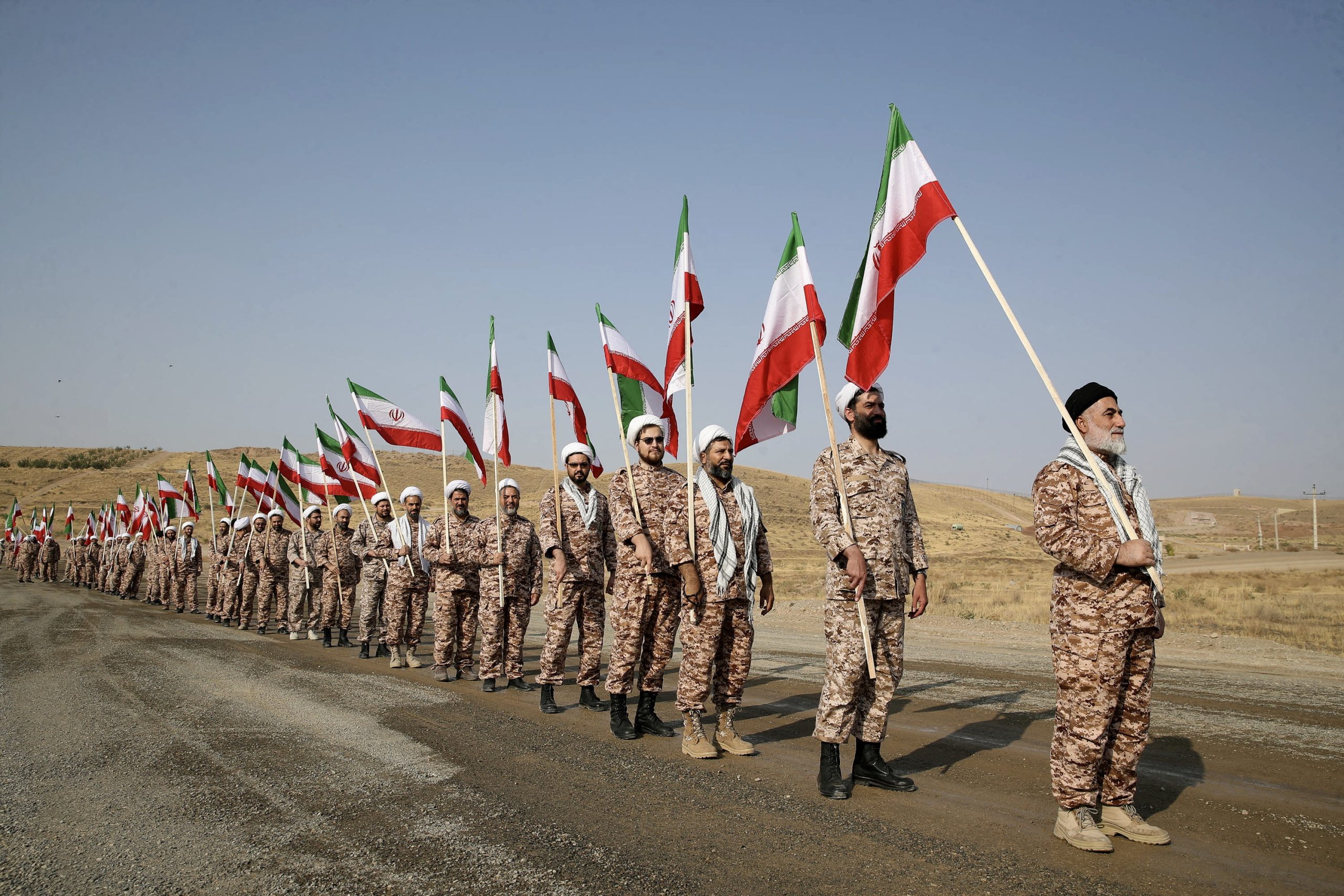📌 Introduction: A Strategic Military Move
Iran has announced plans to conduct a major military exercise in the Gulf of Oman, a key strategic waterway that connects the Arabian Sea to the Strait of Hormuz. The Iranian military and Islamic Revolutionary Guard Corps (IRGC) will participate in the exercises, showcasing naval, air, and ground capabilities in what Tehran describes as a demonstration of defensive readiness.
This move comes amid heightened tensions in the Middle East, with ongoing geopolitical rivalries, maritime security concerns, and international pressure on Iran over its nuclear program and regional activities. The drills are expected to involve warships, submarines, drones, and missile tests, raising questions about Iran’s broader strategic goals.
As the world watches closely, this military exercise could have significant implications for regional security, global trade, and diplomatic relations with Western and Gulf nations.
📌 Timing and Duration of the Exercise
The military exercise is scheduled to commence on March 11, 2024, and will continue until March 15, 2024. This five-day operation will take place in the waters near Chabahar, Iran, extending into the Gulf of Oman. The drills are part of the annual schedule and are conducted in accordance with consensuses reached by the participating countries.
📌 Objectives and Strategic Significance
Iran’s decision to hold military exercises in the Gulf of Oman serves multiple strategic objectives:
1. Asserting Military Strength in a Tense Region
-
Strategic Waterway Control: The Gulf of Oman is a critical waterway that connects to the Strait of Hormuz, through which nearly 20% of the world’s oil trade passes. By conducting military drills here, Iran aims to demonstrate its capability to control and defend this vital maritime corridor.
-
Deterrence: Showcasing military prowess serves as a deterrent to potential adversaries, signaling that Iran is prepared to defend its interests against any threats.
2. Enhancing Regional Cooperation
-
Joint Exercises: The drills, dubbed “IMEX 2024,” are not conducted by Iran alone but involve joint participation with Russia and Oman, and are observed by nine other countries, including Saudi Arabia, Qatar, India, Pakistan, Bangladesh, and Thailand. This collaboration aims to boost collective security in the region, expand multilateral cooperation, and display the goodwill and capabilities to safeguard peace, friendship, and maritime security.
-
Maritime Security: Participants will practice tactics to ensure international maritime trade security, protect maritime routes, enhance humanitarian measures, and exchange information on rescue and relief operations.
3. Responding to External Pressures
-
Countering Sanctions and Isolation: Facing sanctions and diplomatic pressure from Western nations over its nuclear program and regional activities, Iran uses such exercises to show resilience and self-reliance in defense capabilities.
-
Strategic Messaging: The exercise serves as a platform for Iran to communicate its readiness to counter any form of aggression, thereby sending a message to both regional rivals and Western powers.
📌 Components of the Military Drills
While specific details of the exercises are closely guarded, the following components are anticipated:
🔹 Naval Operations
-
Warship Maneuvers: Deployment of various classes of warships to conduct tactical formations, live-fire drills, and maritime patrols.
-
Submarine Exercises: Utilization of submarines for stealth operations, underwater reconnaissance, and simulated attacks on surface targets.
🔹 Aerial Missions
-
Drone Deployments: Use of unmanned aerial vehicles (UAVs) for surveillance, target acquisition, and potential strike missions.
-
Air Force Sorties: Fighter jets and helicopters conducting air patrols, close air support, and interception exercises.
🔹 Missile Tests
-
Anti-Ship Missiles: Testing of coastal defense systems capable of targeting naval vessels at significant ranges.
-
Ballistic Missile Launches: Demonstrations of surface-to-surface missile capabilities, potentially including launches from underground silos.
🔹 Amphibious and Special Operations
-
Marine Landings: Simulated beach assaults and securing of coastal objectives by marine units.
-
Special Forces Drills: Operations focusing on counter-terrorism, hostage rescue, and sabotage missions.
📌 Regional and Global Implications
The upcoming military exercise carries several potential implications:
1. Impact on International Relations
-
US and Western Allies: The United States and its allies may view the drills as a provocative display, potentially leading to increased naval presence in the region as a countermeasure.
-
Gulf States: Neighboring countries such as Saudi Arabia and the UAE might perceive the exercises as a threat to regional balance, prompting them to bolster their own defense postures.
2. Economic Considerations
-
Oil Markets: Given the Gulf of Oman’s role in global oil transportation, military activities could lead to market volatility, with traders reacting to potential risks to shipping lanes.
-
Insurance Costs: Heightened military presence may result in increased insurance premiums for vessels operating in the area, affecting shipping costs and global trade.
3. Strategic Realignments
- Alliances: Joint exercises with Russia and Oman, along with observers from other nations, indicate a shift towards multilateral defense collaborations, potentially altering

